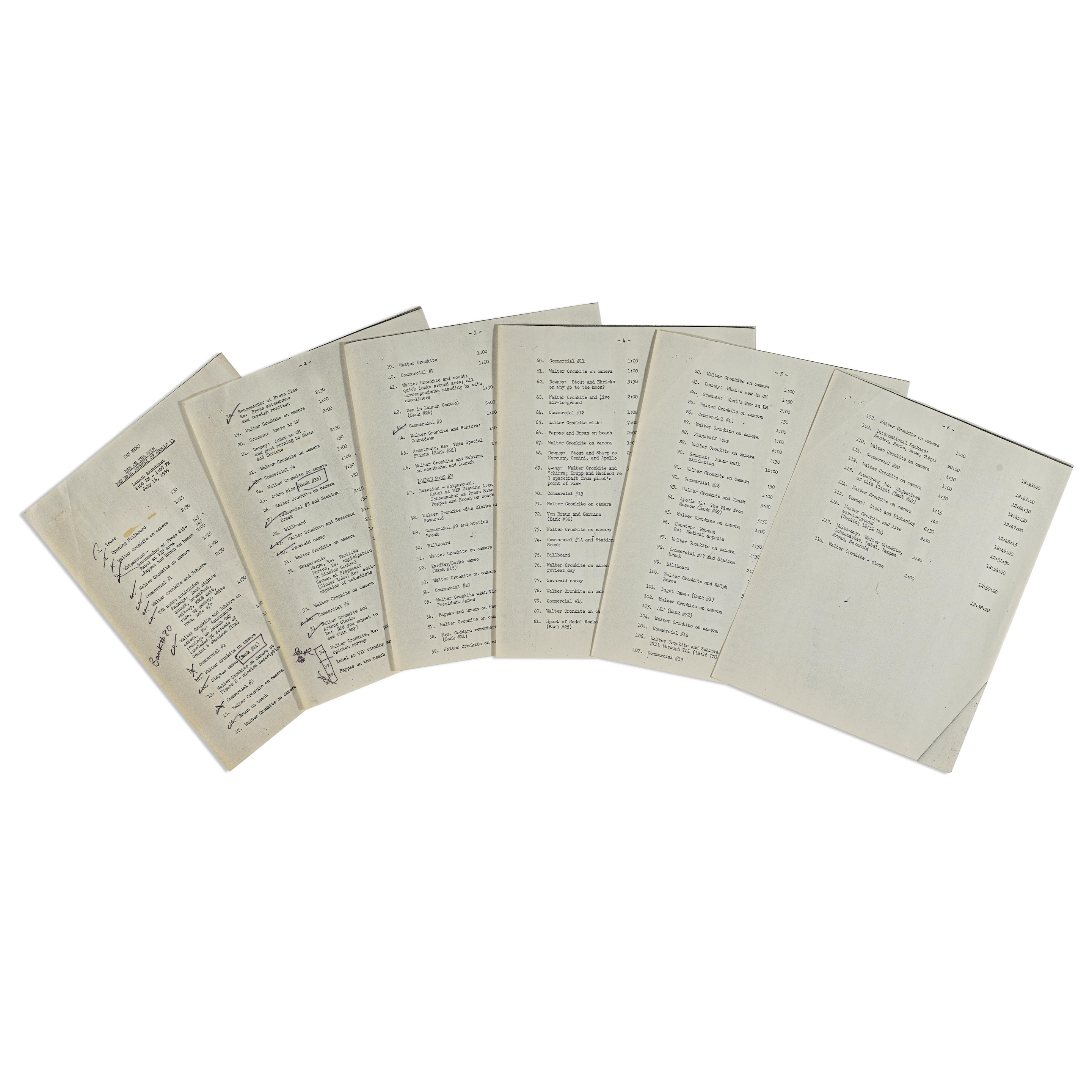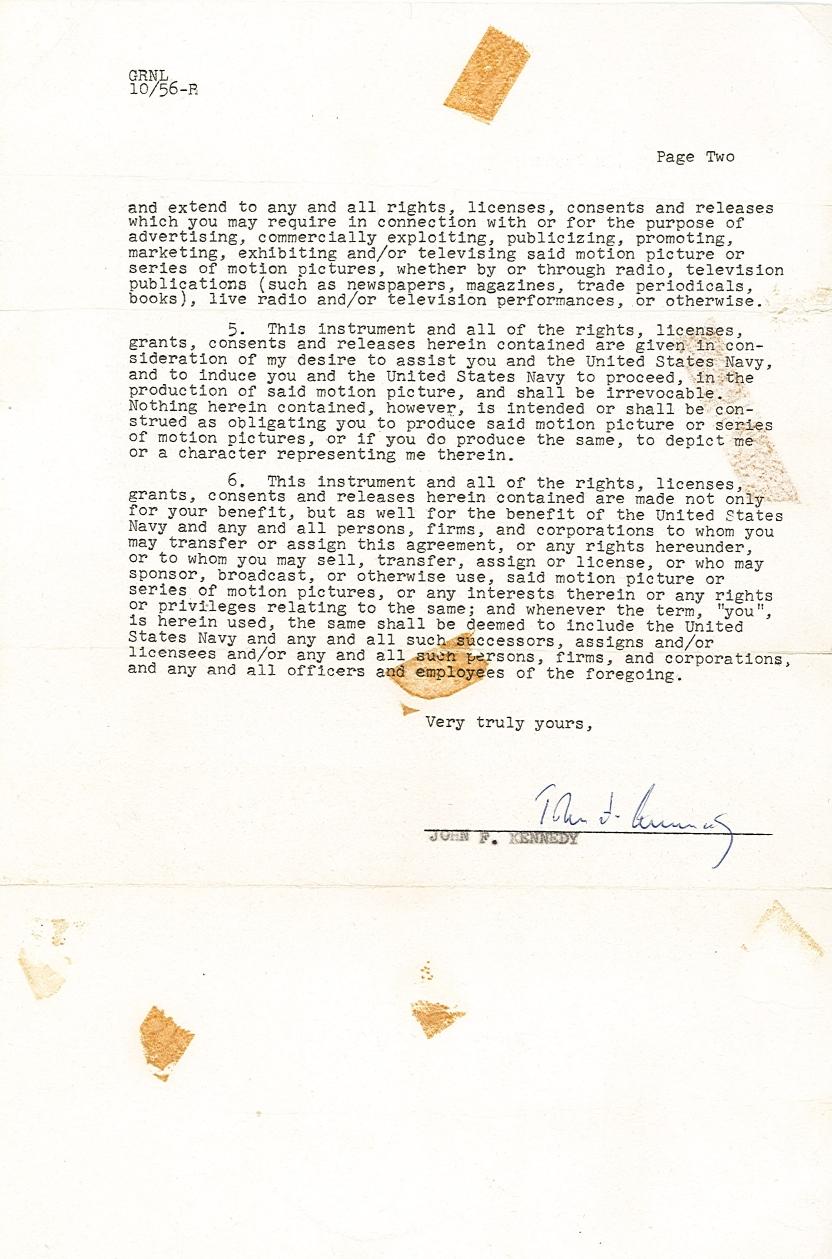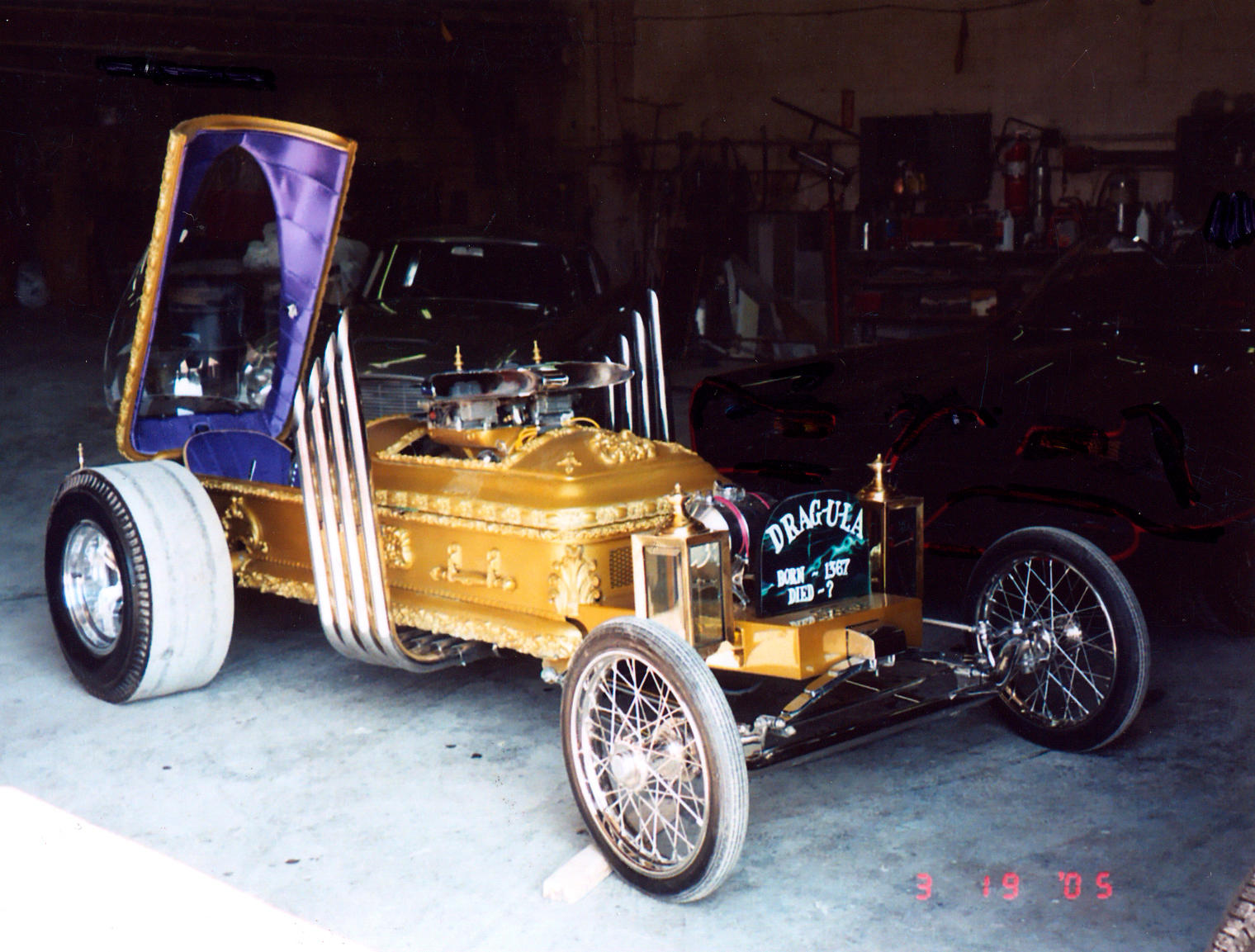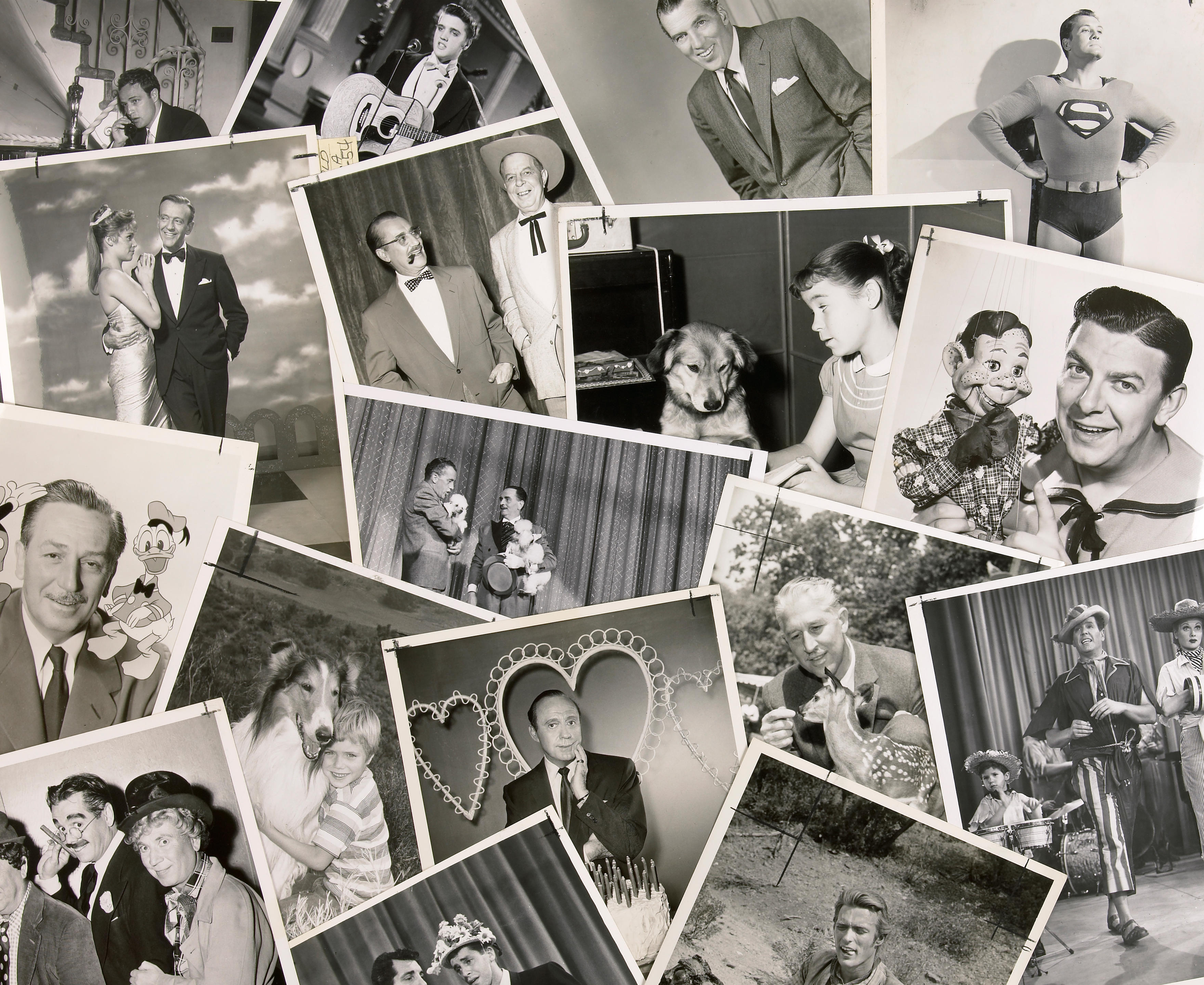(1) "CBS to use electronic robot to forecast election results." Extract from the Philadelphia Evening Bulletin (October 15, 1952). (2) Series of 4 photographs showing Walter Cronkite (of CBS News), Itha Doorhammer, and UNIVAC operator Harold Sweeney standing or seated next to a UNIVAC I console prior to election night, 1952. October 1952. In 1952 CBS news agreed to use a UNIVAC 1 to predict the results of the forthcoming presidential election based on early returns-a publicity coup masterminded by Art Draper, a Remington Rand executive. This was the first time that an electronic digital computer was involved in a news event followed around the world. For millions of people, this would be the first time they ever saw or heard of an electronic digital computer. On election night programmers fed early return data from eight key states into UNIVAC 1 to be compared with voting patterns from past elections. On the basis of this comparison, the computer predicted a landslide victory for Eisenhower: 438 electoral votes versus 93 for Adlai Stevenson. This contradicted the polls, which had called for a close race, and nervous officials from both CBS and Remington Rand insisted that the parameters of the computer's calculations be adjusted to better match the pollster's predictions. After some tinkering, the UNIVAC was made to produce odds of 8 to 7 for an Eisenhower victory, and CBS used this revised prediction in its election broadcasts. However, when the final returns were in, UNIVAC's initial forecast of a landslide turned out to be correct: Eisenhower ended up with 442 electoral votes, while Stevenson had only 89. The computer had predicted the election's outcome with over 98 percent accuracy, and on the air that night CBS confessed to its mistake in not trusting the UNIVAC's original numbers. The era of computerized election forecasting had begun. For the purposes of the television broadcast Remington Rand delivered a dummy UNIVAC console to CBS studios in New York. The actual functioning computer remained at the Eckert-Mauchly division in Philadelphia. The four photographs are slightly risqué outtakes showing Walter Cronkite and the partially undressed model clowning around in front of the UNIVAC console. OOC 1188.
(1) "CBS to use electronic robot to forecast election results." Extract from the Philadelphia Evening Bulletin (October 15, 1952). (2) Series of 4 photographs showing Walter Cronkite (of CBS News), Itha Doorhammer, and UNIVAC operator Harold Sweeney standing or seated next to a UNIVAC I console prior to election night, 1952. October 1952. In 1952 CBS news agreed to use a UNIVAC 1 to predict the results of the forthcoming presidential election based on early returns-a publicity coup masterminded by Art Draper, a Remington Rand executive. This was the first time that an electronic digital computer was involved in a news event followed around the world. For millions of people, this would be the first time they ever saw or heard of an electronic digital computer. On election night programmers fed early return data from eight key states into UNIVAC 1 to be compared with voting patterns from past elections. On the basis of this comparison, the computer predicted a landslide victory for Eisenhower: 438 electoral votes versus 93 for Adlai Stevenson. This contradicted the polls, which had called for a close race, and nervous officials from both CBS and Remington Rand insisted that the parameters of the computer's calculations be adjusted to better match the pollster's predictions. After some tinkering, the UNIVAC was made to produce odds of 8 to 7 for an Eisenhower victory, and CBS used this revised prediction in its election broadcasts. However, when the final returns were in, UNIVAC's initial forecast of a landslide turned out to be correct: Eisenhower ended up with 442 electoral votes, while Stevenson had only 89. The computer had predicted the election's outcome with over 98 percent accuracy, and on the air that night CBS confessed to its mistake in not trusting the UNIVAC's original numbers. The era of computerized election forecasting had begun. For the purposes of the television broadcast Remington Rand delivered a dummy UNIVAC console to CBS studios in New York. The actual functioning computer remained at the Eckert-Mauchly division in Philadelphia. The four photographs are slightly risqué outtakes showing Walter Cronkite and the partially undressed model clowning around in front of the UNIVAC console. OOC 1188.
.jpg)














Testen Sie LotSearch und seine Premium-Features 7 Tage - ohne Kosten!
Lassen Sie sich automatisch über neue Objekte in kommenden Auktionen benachrichtigen.
Suchauftrag anlegen